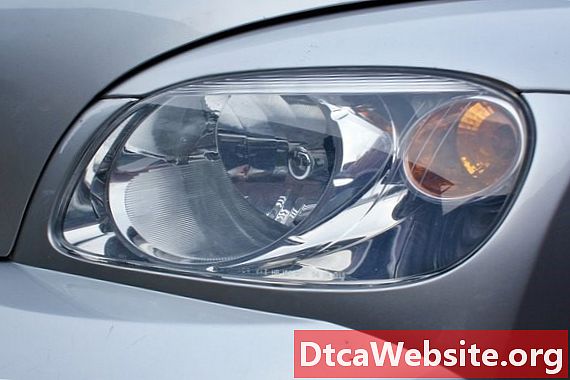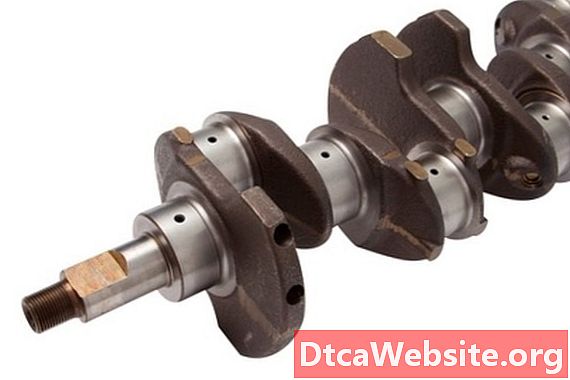
Contenu

Rubbing compound is a blend of abrasive agents used as the final product on a finished surface. The abrasive agents provide a very fine finish, smoothing out scratches in the paint. By using a rubbing compound as the final step before buffing and waxing, you can also remove scratches caused by more abrasive products. Depending on the amount of damage to your bumper, you may be able to use rubbing compound by itself to repair the damage.
Step 1
Clean the bumper with soapy water to remove any dirt or grease on the damaged area. This can help you get a clear view of the damage, which can help you assess whether you can begin your bumper repair with rubbing compound or whether you need to use other methods first.
Step 2
Run your hand over the damaged sections to determine whether you can feel the scratch. Some scratches look deeper than they actually are. If you can see the primer coat in the damaged area, you need to use more than rubbing compound to fix the problem. If you cant see the primer and you cant feel the scratch, rubbing compound should be sufficient to repair the damage.
Step 3
Consider whether it might be better to try a fine-grade polish before you use rubbing compound. For light scratches, you may not need a product as abrasive as rubbing compound. You can begin with finer-grade products and move up to rubbing compound if you can still see the damage on the bumper after you apply the polish and buff the area.
Step 4
Use touch-up paint to cover small areas where you can see the primer. Allow the paint to dry before continuing.
Step 5
Apply rubbing compound with a micro-fiber cloth. You can use a hand-held buffing machine to apply the rubbing compound if you know how to use the tool without creating further damage; buffing machines can burn through the paint if you arent careful.
Step 6
Work in a circular motion to cover the damaged area on the bumper. Apply more rubbing compound if it doesnt seem to cover all the damage. When the area looks good, use a clean cloth to wipe off the residue.
Finish the process by polishing and waxing the car. This creates a gloss sheen on top of the repair helping to conceal the damage.
Warning
- Major damage may require sanding the bumper down to the plastic and repainting the section to match the rest of the paint.
Items you will need
- Soapy water
- Rubbing compound
- Touch-up paint
- Micro-fiber cloth


